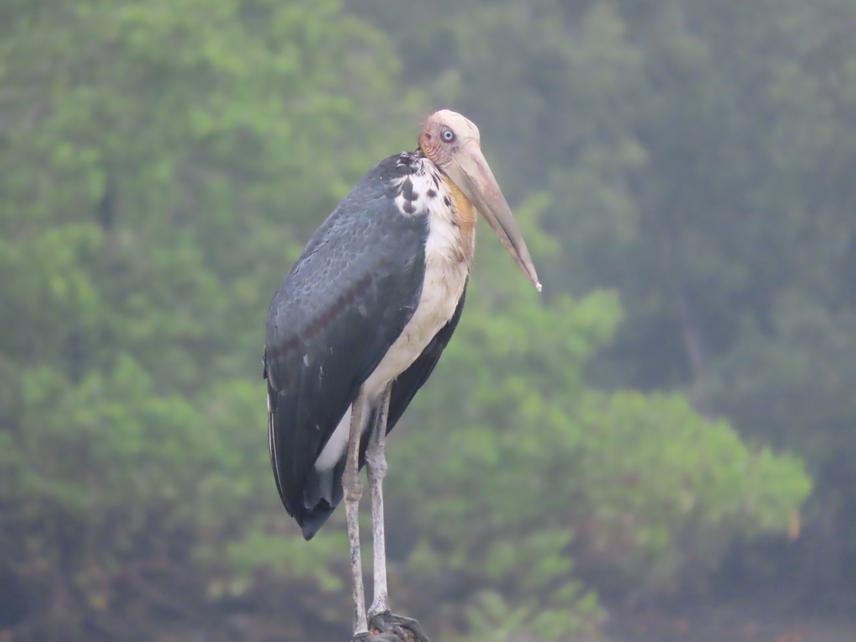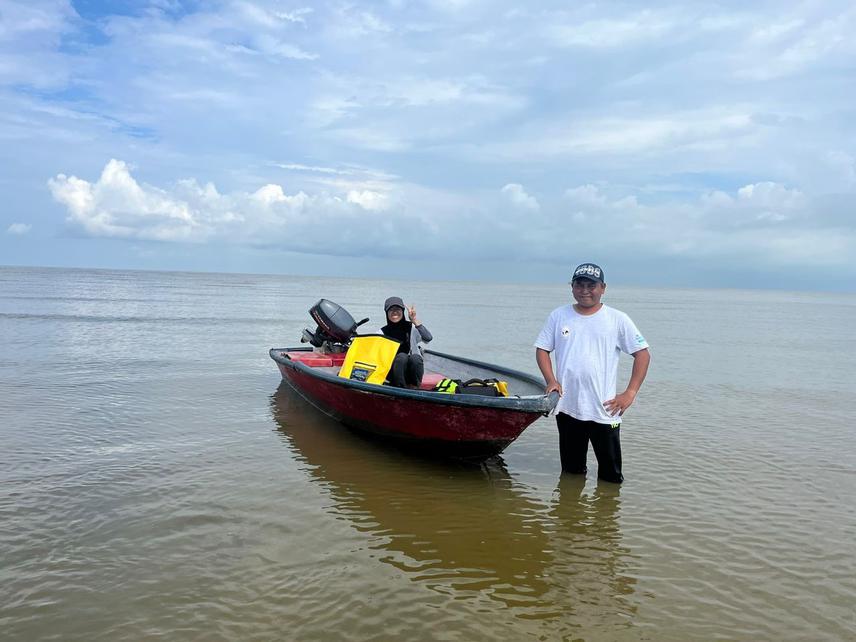Choon Min See
Other projects
27 Sep 2021
A Community Participatory Approach to Address Critical Knowledge Gaps for Conservation of Lesser Adjutant (Leptoptilos javanicus) in Peninsular Malaysia
The North-Central Selangor Coast (NCSC) is one of Malaysia’s most critical migratory shorebirds staging sites in the East Asian-Australasian Flyway. NCSC support more than 1% of the Nordmann Greenshank and Great Knot flyway population. In the recent population survey of Lesser Adjutant, it has recorded up that North-Central Selangor Coast has also supported about approximately 2% global population of the resident Lesser Adjutant stork species.

Lesser Adjutant. ©See Choon Min, Malaysian Nature Society.
The Lesser Adjutant (Leptoptilos javanicus) is a large charismatic stork species that can only be found in South and South-east Asia. This species is already extinct in China and is undergoing rapid declination across South-East Asia. In North-Central Selangor Coast, Lesser Adjutant is essentially distributed in mangrove-backed mudflat, and sharing the same mangrove forest with the local Mah Meri Indigenous Community who depends on the mangrove islands for their livelihood.

Conducting Survey with team member and community. ©See Choon Min, Malaysian Nature Society.
In the project activities supported by the first RSG grant, the Mah Meri community in one of the mangrove islands within NCSC shared on their knowledge and observation on Lesser Adjutant interaction with the mangrove forest. As we conducted the Lesser Adjutant survey and project activities together with the community, they shed light on their local traditional ecological knowledge on the mangrove, Lesser Adjutant, and the waterbirds to them.

Mangrove island in the Klang district, situated at the Southern side of North-Central Selangor Coast. ©See Choon Min, Malaysian Nature Society.
Documentation of their traditional ecological knowledge (TEK) on the mangrove forest, Lesser Adjutant and waterbirds of the community is crucial to recognize their importance as key stakeholder and incorporate their knowledge for the conservation of waterbirds in NCSC.
Header: Lesser Adjutant in the mangrove islands of North-Central Selangor Coast. ©See Choon Min, Malaysian Nature Society.